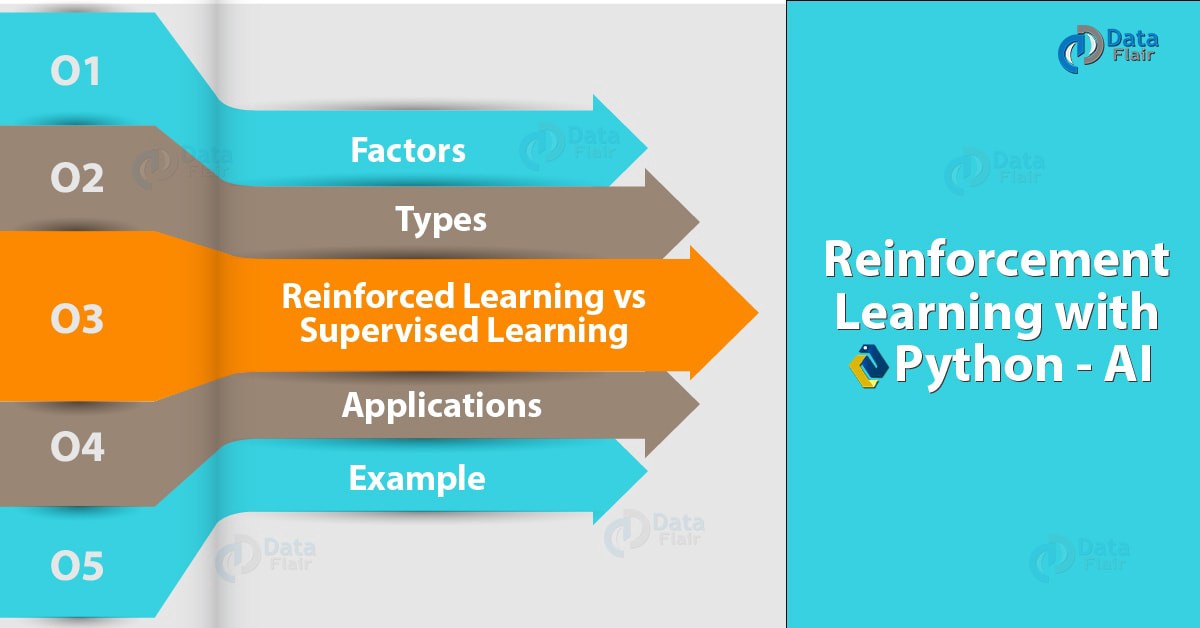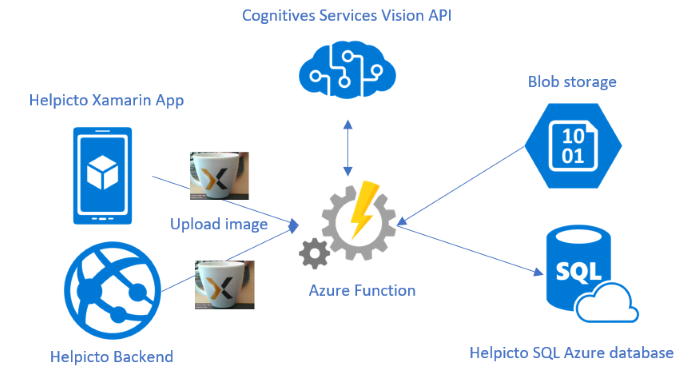
Technology and art are two of the key ingredients to successful games. They must meet high performance standards, tight production deadlines, and challenging player expectations. Game AI Pro is a comprehensive guide to the art and science behind game AI. This book includes 54 top-notch expert's tricks and techniques. This book offers valuable insights to game developers, engineers, and designers. It is important that a game can successfully combine science and art of AI. It contains innovative techniques and cutting-edge concepts to help you build an AI that can match the best.
Game ai Pro - Plan interruptions
AI planning may be stopped if it's not applicable to the game. Continuation Conditions are rules that define the conditions for a plan’s continuation. Each condition contains a single continuing task. This allows the planner to know that no further planning is necessary and that the current plan suits better. This strategy is useful when a specific type or information is required to make tactical decision.

Depth-first search in game ai pro
The iterative depth-first search, which combines DFS with BFS, is a hybrid algorithm. The algorithm scans many squares simultaneously until it finds each square that is the optimal neighbor. This technique is useful in game AI because it reduces the number of squares that are examined and improves game performance on complicated levels. However, there are some drawbacks.
Utility-based search in the game ai pros
There are two main approaches to game AI planning: Monte Carlo Tree Search and Utility-based search. Both involve some form of search and consideration of many possible future scenarios. The utility-based searching algorithm is very fast and can decide based only on the current state. This is computationally difficult and takes a while to complete. In many cases the two architectures are combined. One game has the utility system handling strategic decisions and Monte Carlo Tree Search dealing with deeper tactical situations.
Reactive vs. reactive approaches in game ai pro
Reactive and proactive approaches to game AI have their pros and cons. Reactive systems can be divided into two main types: patrolling and attack. Both methods work equally well for game AI. But reacting to changes is more effective than monitoring. This article examines the pros and disadvantages of each. You can also find out which type is better for your game. In the end, it will all depend on how you implement it.
Reactivity vs. Reactivity in Game Ai Pro
This debate has been ongoing for years. While one approach might be superior for many situations, others might require a more scripted approach. This debate will have an effect on your game regardless of your preferences. Here are three reasons. Gaming AI provides you with authorial control through the essential element of reactive gaming.

Game ai pro uses heuristics
Table I lists the average win-rates for heuristics. They are classified into two types: positive and negative variants. Positive variants have an average win-rate that is higher and they are suitable candidates for "default heuristics" in new games with little or no domain knowledge. While they may have lower average wins rates, they still deliver high performance in certain games. These heuristics can be useful to include in your game heuristics collection.
FAQ
Where did AI originate?
In 1950, Alan Turing proposed a test to determine if intelligent machines could be created. He stated that a machine should be able to fool an individual into believing it is talking with another person.
John McCarthy wrote an essay called "Can Machines Thinking?". He later took up this idea. in 1956. He described in it the problems that AI researchers face and proposed possible solutions.
What are some examples AI applications?
AI is used in many areas, including finance, healthcare, manufacturing, transportation, energy, education, government, law enforcement, and defense. Here are just a few examples:
-
Finance - AI already helps banks detect fraud. AI can identify suspicious activity by scanning millions of transactions daily.
-
Healthcare – AI helps diagnose and spot cancerous cell, and recommends treatments.
-
Manufacturing – Artificial Intelligence is used in factories for efficiency improvements and cost reductions.
-
Transportation – Self-driving cars were successfully tested in California. They are being tested in various parts of the world.
-
Utilities are using AI to monitor power consumption patterns.
-
Education - AI has been used for educational purposes. For example, students can interact with robots via their smartphones.
-
Government – Artificial intelligence is being used within the government to track terrorists and criminals.
-
Law Enforcement - AI is being used as part of police investigations. The databases can contain thousands of hours' worth of CCTV footage that detectives can search.
-
Defense - AI can both be used offensively and defensively. An AI system can be used to hack into enemy systems. For defense purposes, AI systems can be used for cyber security to protect military bases.
What do you think AI will do for your job?
AI will take out certain jobs. This includes truck drivers, taxi drivers and cashiers.
AI will bring new jobs. This includes those who are data scientists and analysts, project managers or product designers, as also marketing specialists.
AI will simplify current jobs. This includes jobs like accountants, lawyers, doctors, teachers, nurses, and engineers.
AI will make existing jobs more efficient. This includes salespeople, customer support agents, and call center agents.
What does the future hold for AI?
The future of artificial intelligent (AI), however, is not in creating machines that are smarter then us, but in creating systems which learn from experience and improve over time.
We need machines that can learn.
This would require algorithms that can be used to teach each other via example.
We should also consider the possibility of designing our own learning algorithms.
You must ensure they can adapt to any situation.
How does AI work?
An algorithm is an instruction set that tells a computer how solves a problem. An algorithm can be described as a sequence of steps. Each step has a condition that dictates when it should be executed. The computer executes each step sequentially until all conditions meet. This repeats until the final outcome is reached.
Let's suppose, for example that you want to find the square roots of 5. It is possible to write down every number between 1-10, calculate the square root for each and then take the average. This is not practical so you can instead write the following formula:
sqrt(x) x^0.5
This will tell you to square the input then divide it twice and multiply it by 2.
Computers follow the same principles. It takes your input, squares and multiplies by 2 to get 0.5. Finally, it outputs the answer.
What is the role of AI?
Understanding the basics of computing is essential to understand how AI works.
Computers keep information in memory. Computers interpret coded programs to process information. The computer's next step is determined by the code.
An algorithm is a set or instructions that tells the computer how to accomplish a task. These algorithms are usually written in code.
An algorithm could be described as a recipe. A recipe can include ingredients and steps. Each step can be considered a separate instruction. For example, one instruction might read "add water into the pot" while another may read "heat pot until boiling."
Statistics
- More than 70 percent of users claim they book trips on their phones, review travel tips, and research local landmarks and restaurants. (builtin.com)
- According to the company's website, more than 800 financial firms use AlphaSense, including some Fortune 500 corporations. (builtin.com)
- While all of it is still what seems like a far way off, the future of this technology presents a Catch-22, able to solve the world's problems and likely to power all the A.I. systems on earth, but also incredibly dangerous in the wrong hands. (forbes.com)
- By using BrainBox AI, commercial buildings can reduce total energy costs by 25% and improves occupant comfort by 60%. (analyticsinsight.net)
- A 2021 Pew Research survey revealed that 37 percent of respondents who are more concerned than excited about AI had concerns including job loss, privacy, and AI's potential to “surpass human skills.” (builtin.com)
External Links
How To
How to create an AI program
Basic programming skills are required in order to build an AI program. There are many programming languages to choose from, but Python is our preferred choice because of its simplicity and the abundance of online resources, like YouTube videos, courses and tutorials.
Here's a brief tutorial on how you can set up a simple project called "Hello World".
First, open a new document. This is done by pressing Ctrl+N on Windows, and Command+N on Macs.
Next, type hello world into this box. Enter to save this file.
Now, press F5 to run the program.
The program should say "Hello World!"
However, this is just the beginning. These tutorials can help you make more advanced programs.